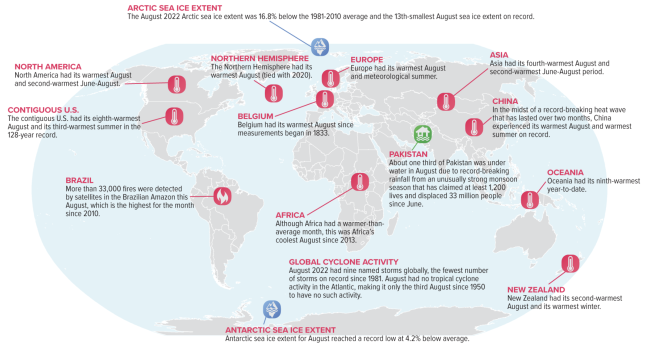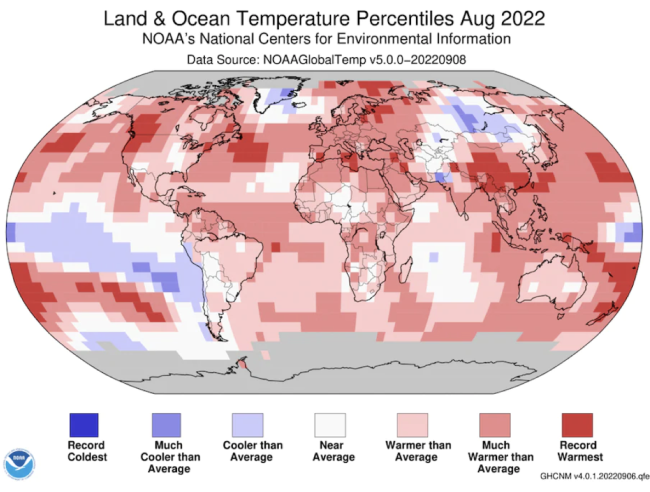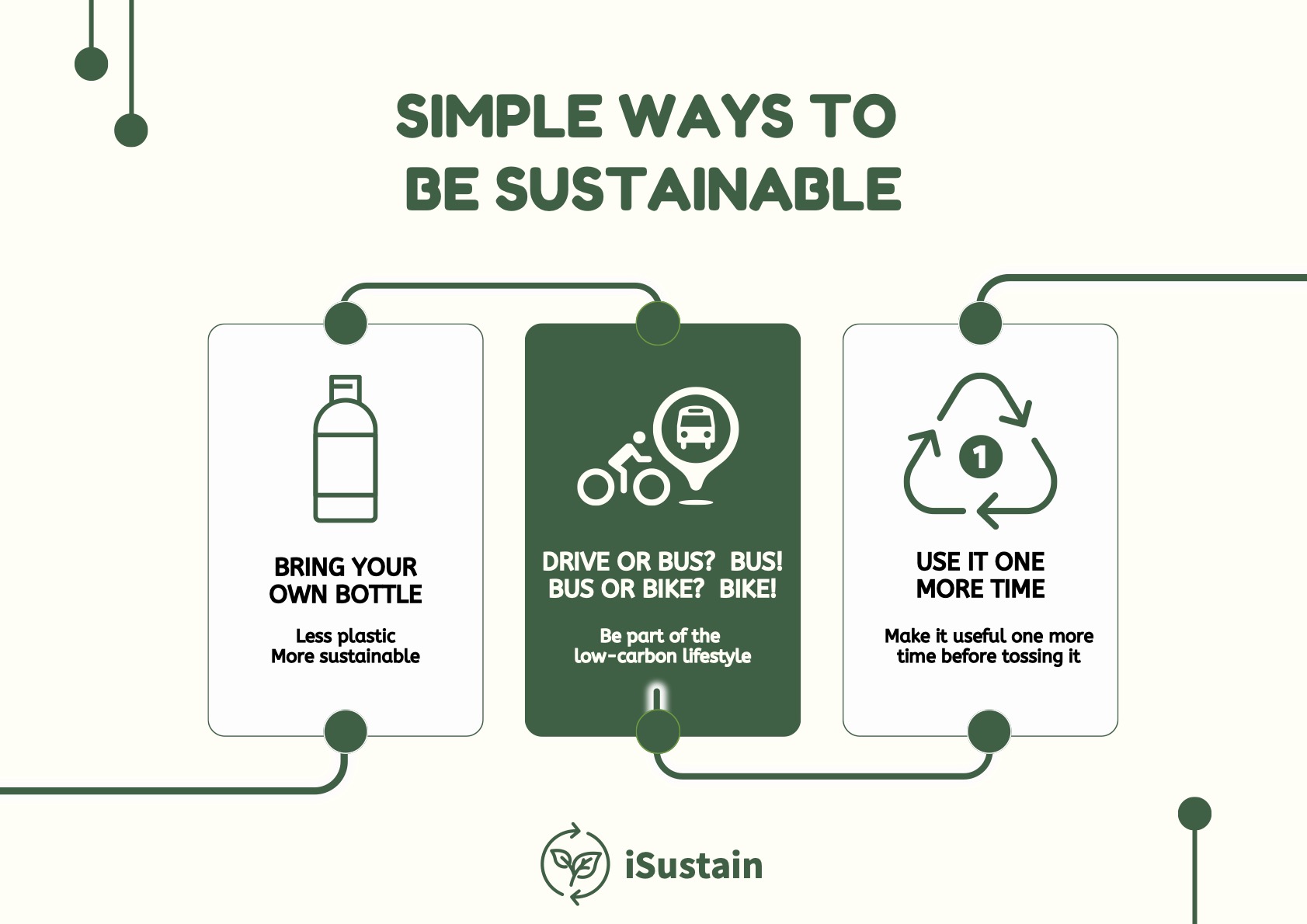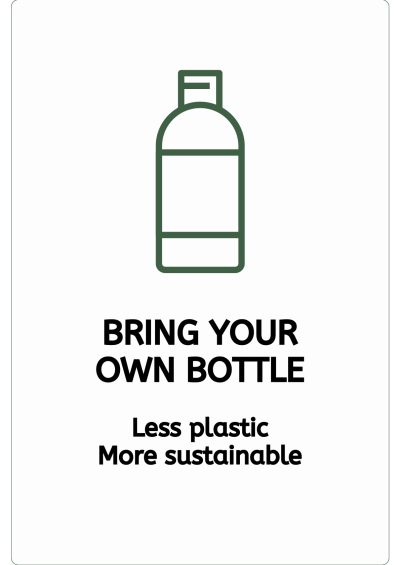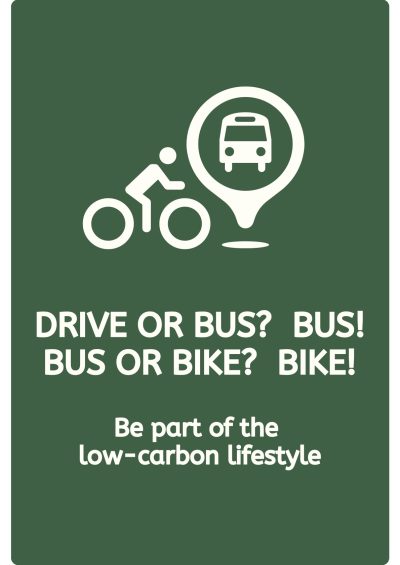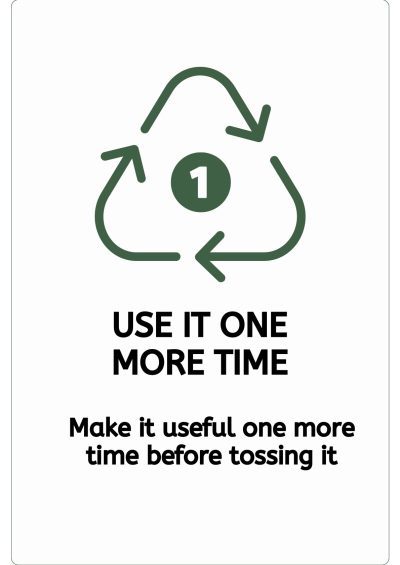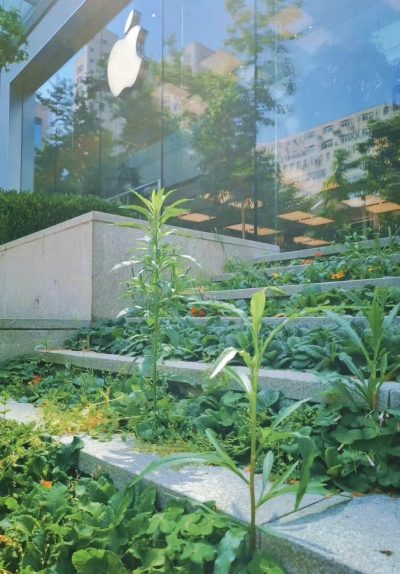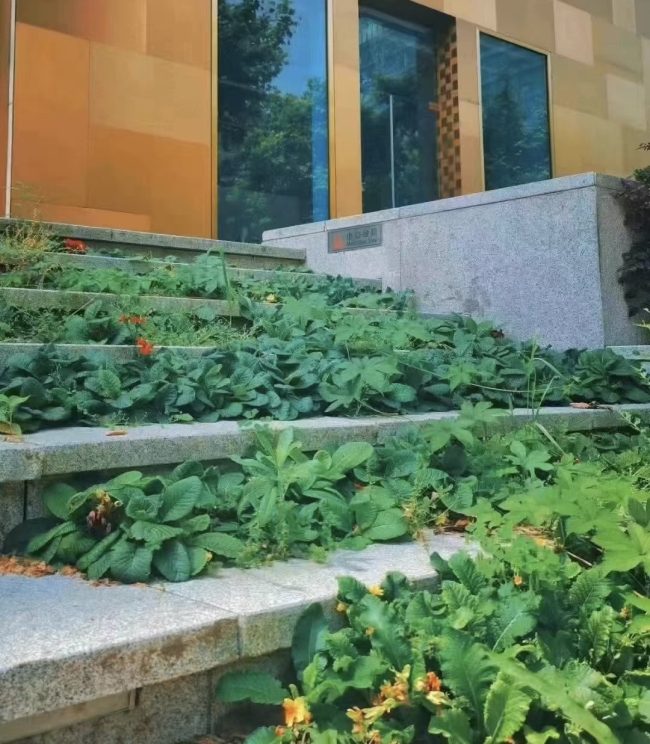Lifting a finger, there is so much more we can do.
It was the summer of 2019 when I really realised that maybe we should do something about this planet. If I had to sum up the environment and climate of the last few years in one simple word, it would be hot, the summer is so hot.
Ever since I can remember I have often heard in publications and various media outlets about “global warming”, “ozone holes”, “melting glaciers”, “sea level rise” and so on.
As I grew up in a coastal city, I did worry about this for a long time, but I didn’t know what I could do about it. More than twenty years later, the concern still exists, and although my city is not underwater, the planet’s environment is sickly everywhere. In recent years the planet has seen Australian bushfires, East African locust plagues, European floods, and, as everyone can feel, hotter summers and colder winters.
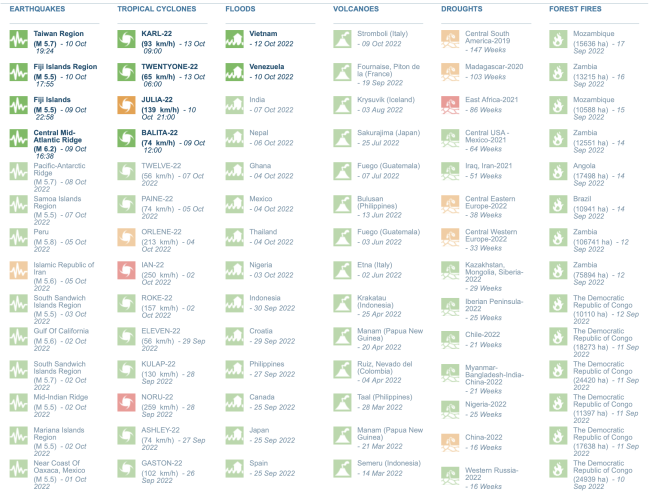
According to the World Meteorological Organization, 107 regions have experienced Record-breaking heat during the summer in the last five years. In my home town, the average temperature exceeded 40 degrees for the first time last summer, and in some regions, it even reached 50 degrees.
All this time, I think, this planet has been tolerant and resilient to the damage that humans have done to it, but what about us as humans, is there anything we can do for this planet?
Yes, I understand that the environment, the planet and sustainability are always the topics that end up being brought up whenever we talk about such topics.
But can you remember the last time you had a serious discussion about the environment with a friend? Sustainability is an issue that is directly related to the destiny of mankind, but it is something that is always far away in our discourse. Many people say “there’s nothing I can do about it”, “what can I do about it” and “it’s such a big issue”.
But, hey, we can do something about it, it’s simple and useful.
Since the start of 2019, I’ve gradually adopted three habits that don’t make a huge impact on my life, it’s more like lifting a finger for the planet.
Bring My Bottle (Less plastic, more sustainable)
The easiest way to get involved in sustainability and environmental action is to reduce the burden on the planet with every plastic bottle. I may not be able to collect used plastic bottles and cans and take them to a specific location for recycling in the long term, but using my water bottle is a very simple thing to do. Today, many foods and beverage retailers are also encouraging customers to bring their bottles, and many coffee shops offer discounts to customers who use their own bottles to support sustainability. Bring your own bottle, I think it’s a way for people to make a real contribution to sustainability with minimal effort.
Drive or Bus? Bus!
Bus or Bike? Bike! (Be part of the low-carbon lifestyle)
Whenever feasible, try to choose a more low-carbon travel option. If I just want to get to a place not far from home and public transport happens to be available, I will choose to travel by public transport, which is more economical and environmentally friendly while avoiding traffic jams. For closer locations, I would choose cycling. A greener way to travel, every little bit of carbon reduction is a relief for the planet.
(What’s the greenest way to travel: https://www.youtube.com/watch?v=TkXEU5ng8rE)
Use It One More Time! (Make it useful one more time before tossing it)
Making bags, tissues, cartons and other products that have a short life cycle work one more time. Since 2019, I have gradually stopped using the plastic bags provided by supermarkets and instead carry my own canvas bags. However, most brands still over-package their products when shopping in many malls. These bags or cartons are generally recyclable and reusable, even the plastic ones can be used one more time.
My friend has reused courier boxes to create a simple cat litter, giving a new lease of life to cardboard boxes that would otherwise be thrown away. Wipes that have been used to clean your face or hands can also be reused to clean floors or pick up litter, for example. Today, too many single-use products make waste even more common. But we can use them one more time just by lifting a finger.
(More about reuse: https://www.youtube.com/watch?v=PZg3qYAymQE/ How to make drawer from Cardboard: https://www.youtube.com/watch?v=3pRD5AzIGX4)
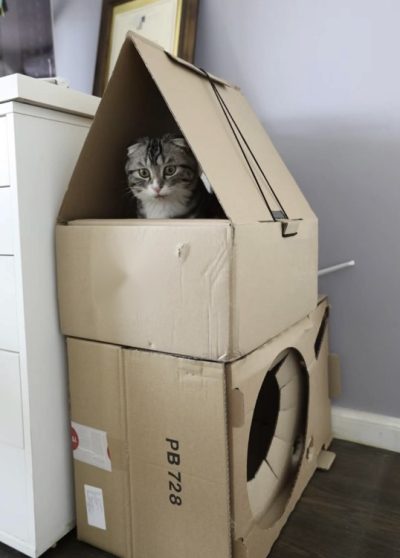
(The home my friend made for her cat from delivery cartons)
I asked eight classmates in another course what is the first thing that comes to mind when thinking of sustainability. Although the answers varied, all mentioned one concept, “trouble” and “sacrifice”. How much do we have to pay and how much we do have to restrict our lives in order to be low-carbon and sustainable? But true sustainability is instead about living better, about solving the heat problem, not just solving it, but solving it in a sustainable way.
Solving real problems in a sustainable way that brings well-being, rather than limiting life for sustainable reasons and asking everyone to pay the price, is a direction that can be worked on. Thus, individuals and organisations can have their own ‘manuals’ to develop solutions on a very specific intermediate scale and in a problem-oriented manner (Surampalli, 2020).
Admittedly, it is impossible to change the situation without paying a price, and there is not always a perfect solution in every field that solves the problem and meets the conditions for sustainability. In many cases, the solution to a thorny problem may not be comfortable, and it does entail costs and changes in lifestyle habits.
In 2007, the American author Alan Weisman painted an interesting scenario in his book The World Without Us. If humans suddenly disappeared from the planet one day, would the planet miss us, or would it take a long, relieved sigh and pray that they would never return?
In the early days of the COVID-19 pandemic, travel and gathering restrictions were implemented to varying degrees around the world, resulting in a significant reduction in human activity for a short period of time and a significant reduction in carbon emissions in cities and across the planet. Shanghai, where strict disease control measures were in place, experienced a 64-day lockdown, which led to the reappearance of plants and animals that had long disappeared from urban areas.
When I was a child, I used to see a public service announcement on TV
“Lifting a finger, there is so much more we can do”
I remember this slogan first appearing on 22 April, Earth Day. Protecting the planet may be a big thing, but it can be divided into small things that everyone does in their daily lives, and countless small actions will eventually lead to great power.
Together we can make the summer ahead a little better.
Together for a Shared Future

(More about sustainability/SDG : https://sdgs.un.org/goals)
Bibliography
Surampalli, R. Y. (2020). Sustainability?: fundamentals and applications. John Wiley & Sons, Inc.
Weisman, A. (2007). The world without us. Thomas Dunne Books/St. Martin’s Press.
World Meteorological Organization. (2022). The State of the Global Climate 2021. https://public.wmo.int/en/our-mandate/climate/wmo-statement-state-of-global-climate

